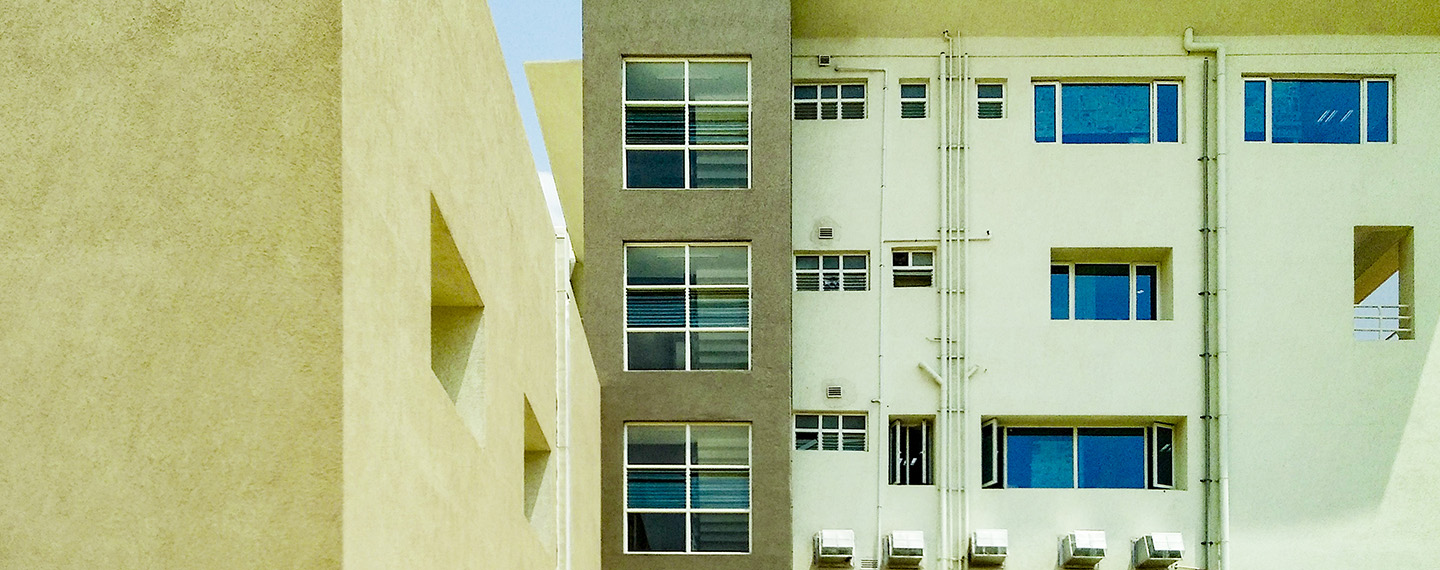
PGCIL Head Quarters
efficient and sustainable workspaces
The project is the power core of most of South India, seamlessly integrates modern design principles with sustainable practices and has since become a benchmark for green urban offices.
Master Plan and Zoning:
The master plan incorporates several key blocks designed for specific functions. The Regional Head Quarters (RHQ) serves as the administrative core, while the Transit Camp Housing (TCH) provides accommodation for temporary residents. The Residential Staff Quarters (RSQ 1&2 and RSQ 3) cater to long-term housing needs, ensuring a comfortable and sustainable living environment. Similarly, Transit Staff Quarters (TSQ 1&2 and TSQ 3) offer short-term accommodation options. The Community Centre (CC) acts as a social hub, integrating indoor and outdoor recreational spaces. The site also features designated areas for future development, ensuring scalability and adaptability to future needs.
Site Planning and Orientation:
The orientation of the building is a key factor in its sustainable performance. The primary long axis of the building runs east-west, minimizing heat gain while maximizing natural daylight and ventilation. The shorter north-south axis ensures minimal exposure to the harsh sun, reducing cooling loads. Buffer zones, including service cores, staircases, and utility spaces, are strategically placed along the eastern facade to shield the interior spaces from morning heat.

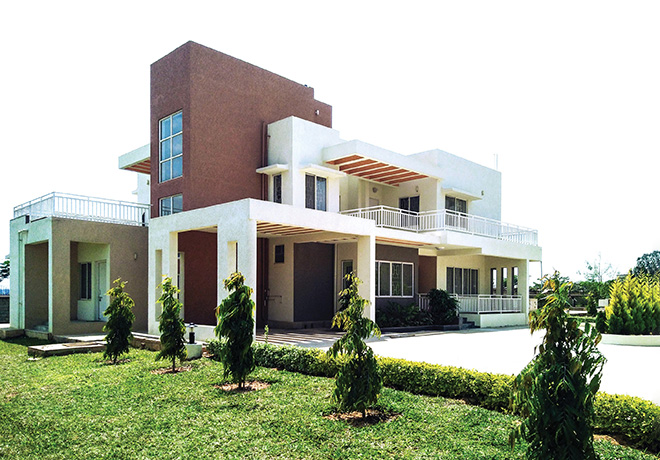
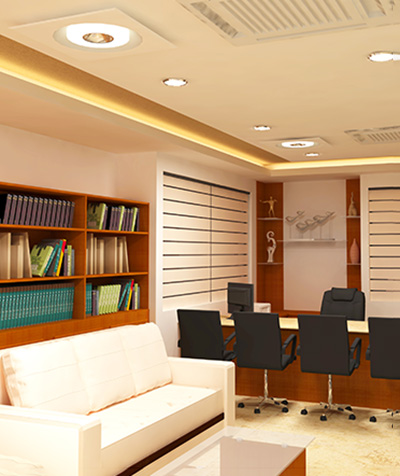
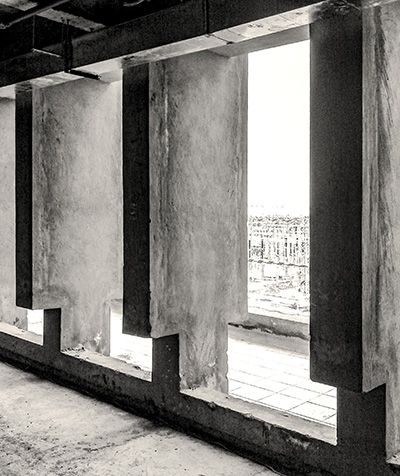
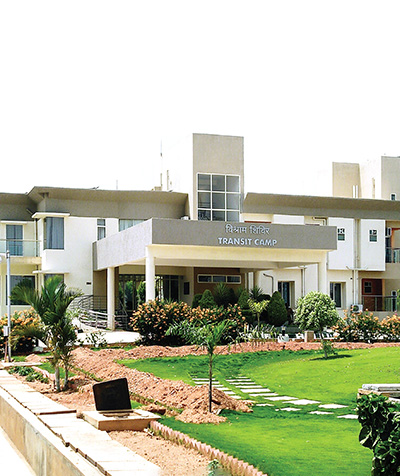
Natural Ventilation and Daylighting:
The design prioritizes passive cooling strategies, leveraging Bangalore’s favorable climate to reduce energy consumption. Large openings are concentrated along the north and south facades, allowing for cross-ventilation and natural cooling. Skylights and light shelves are incorporated into the building to enhance daylight penetration into deep interior spaces.
Innovative Solatubes have been employed to bring natural light into areas further from windows. These light pipes capture daylight from the roof and distribute it evenly into interior spaces, reducing the need for artificial lighting.
Renewable Energy and Energy Efficiency:
Renewable energy is a cornerstone of the township’s sustainability strategy. Photovoltaic (PV) panels installed on the rooftops generate over 30% of the total energy needed for artificial lighting. The building also achieves a 7.93% reduction in energy consumption, with over 90% of non-air-conditioned spaces meeting thermal comfort conditions through passive means.
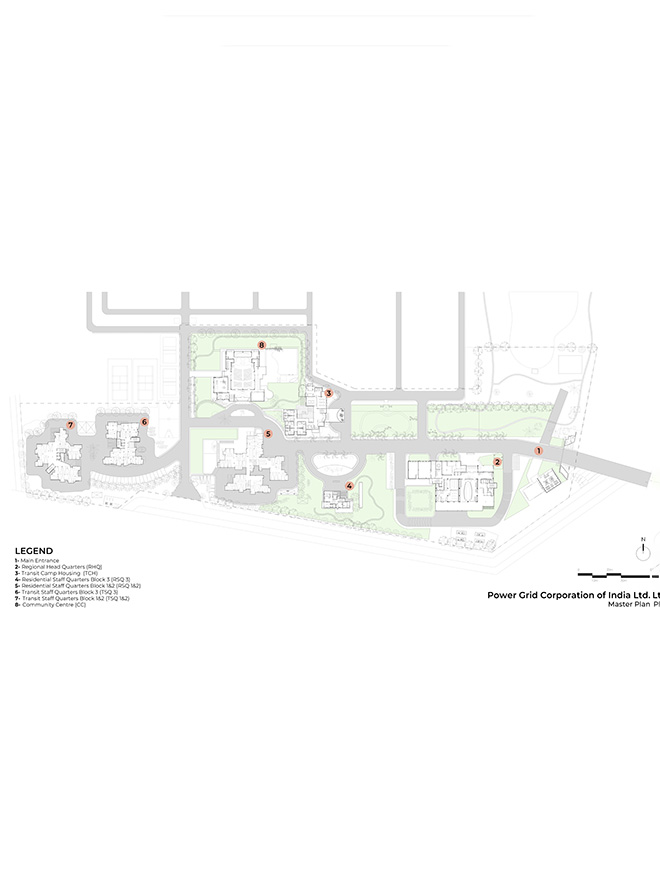
What does it take to build something great?
It takes a unique blend of creativity and skill to turn dreams into vibrant, thriving spaces. It takes exceptional craftsmanship and an unwavering commitment to quality and excellence. It requires a strong passion for innovation.
It takes us. it takes klimArt.
.svg)







